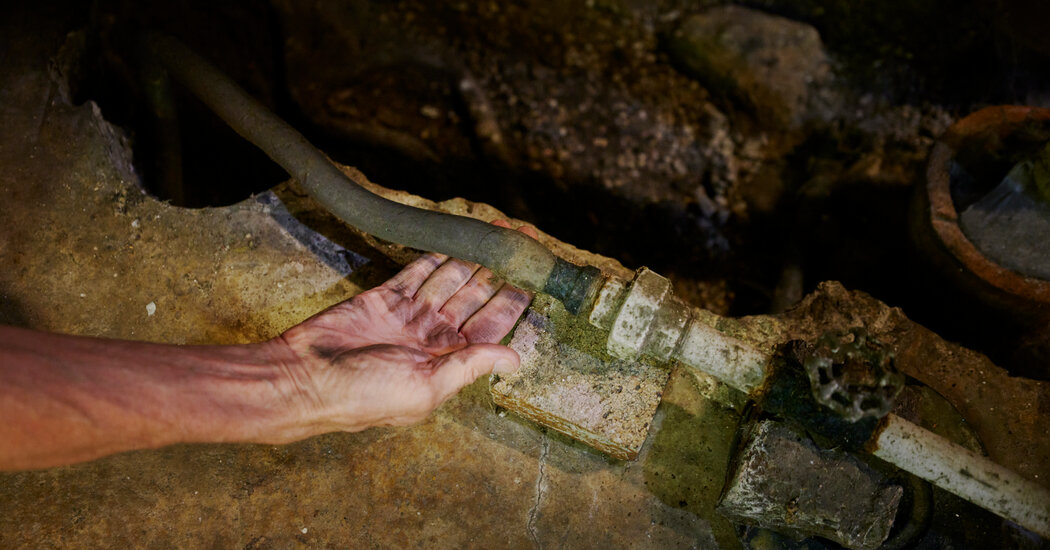New rules will require utilities to replace lead pipes nationwide. That will take time, but you can protect yourself by taking these steps.
Lead is a potent neurotoxin that can cause irreversible damage to the nervous system and the brain. It poses a particular risk to infants and children, impairing their cognitive development and causing behavioral disorders.
Water service lines, the pipes that bring water into homes from water mains, are thought to be a major source of lead exposure for children. (Lead-based paint, sometimes found in older buildings, is another.) There is no safe level of lead in drinking water.
The Biden administration announced on Tuesday that it would require water utilities to replace virtually every lead service line in the country within 10 years. The Environmental Protection Agency estimates that there are nine million lead service lines across the country.
But is your home serviced by lead pipes? How can you check, and what can you do about it if you find you have lead pipes? Follow this handy guide, based on guidance from the E.P.A., to find out.
Ask the management
Start by asking your landlord or your property manager, if you have one, for information on your water supply. If you get a water bill, ask your utility company whether your property is serviced by lead lines.
Lead pipes are more likely found in older cities, like Chicago, New York, Detroit and Milwaukee, and in homes built before 1986, when the use of lead in new plumbing was banned.
